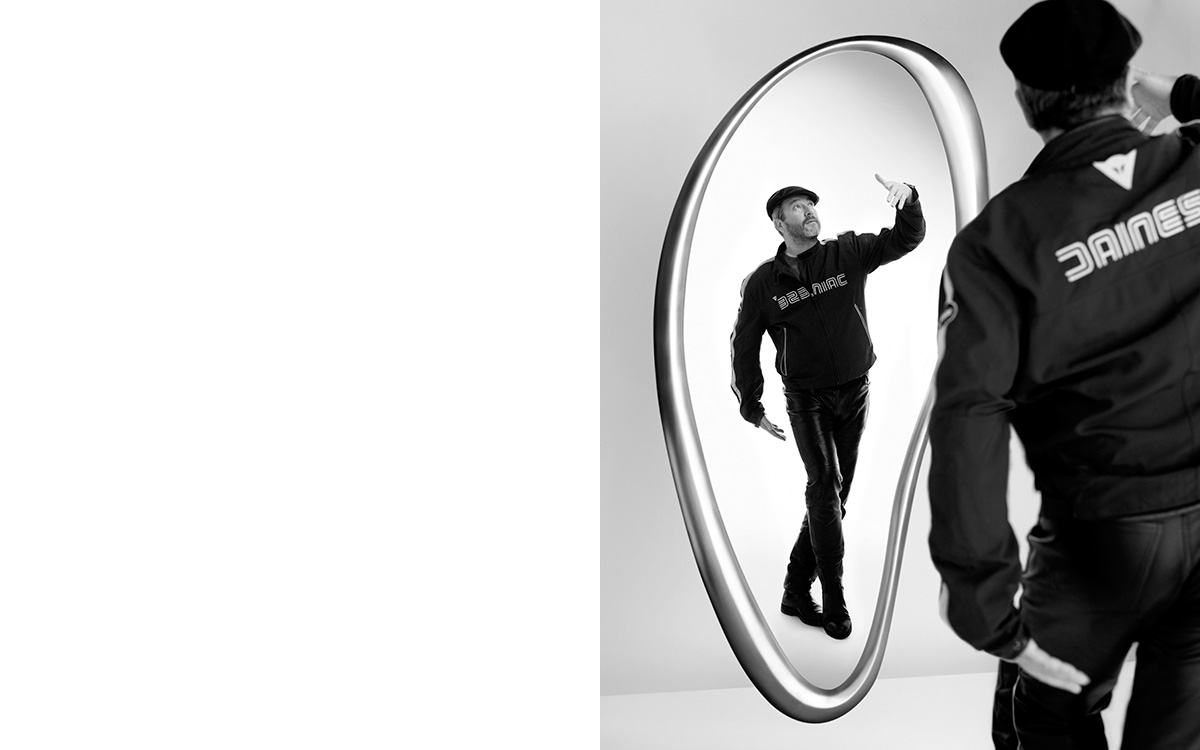STARCK'S STORY
"My father was an aeronautical engineer. For me it was a duty to invent" – Philippe Starck
As a child, the young Philippe spent countless hours underneath the drawing boards in his father’s engineering workshop, where he observed the creation and dismantling of bicycles, motorbikes and a wide range of other objects. These early experiences led Philippe into his chosen path of re-modelling the world around him. A philosophy that has since made his name famous the world over.
These early experiences led Philippe into his chosen path of re-modeling the world around him, a philosophy that has since made his name famous the world over.
After only a few courses at Nissim de Camondo (he often escaped school classes and more orthodox education) the young Philippe showed his first interest in living spaces. In 1969, he created one of the world’s biggest inflatable structures at the Grand Palais in Paris.
This iconoclastic design soon caught the eye of fashion heavyweight Pierre Cardin who immediately offered him the job of art director at his publishing house.
In 1976 and a few emblematic objects later, including a flying lamp and a portable neon sign, the intrepid dreamer created the audacious decor of the night club, La Main Bleue – in Montreuil –demonstrating that no venue is less respectable than another just because of its eccentricity. He went on to do the legendary Parisian nightclub Les Bains Douches as well as found his first industrial design company, Starck Product, which he later renamed Ubik after the famous Philip K. Dick novel.
In 1983, the general public discovered Philippe Starck when French President François Mitterrand chose his project to decorate the private residence at the Elysée Palace which symbolised an institutional recognition of design. The following year his fame went global thanks to the success of the Café Costes, a new venue that was functional and elegant, that contained all the essence of Starck architecture while converging the birth of a community.
+ back






